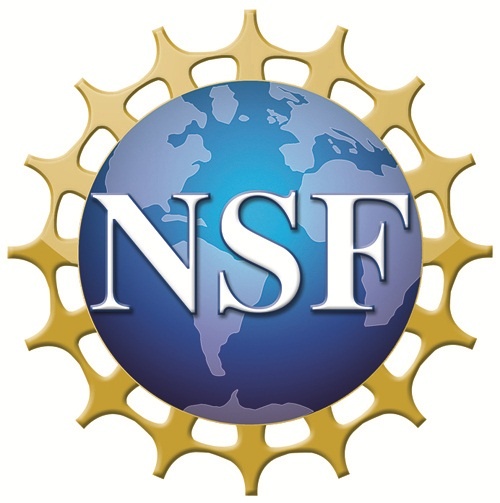About The Event
The Mid-Atlantic Mathematical Logic Meeting (MAMLS) is back on track at the beginning of the fall. It features 9 invited speakers and a ligthning talk session aimed at junior participants.
Where
Rutgers, The State University of New Jersey.
When
Friday to Sunday
September 26-28
Schedule
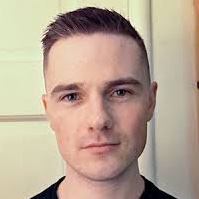
James Walsh
Ranking theories via encoded \(\beta\)-models
Abstract
Ordering theories by relative strength is a recurring motif in mathematical logic. We introduce a new ordering of arbitrary (not necessarily recursively axiomatized) theories in terms of the encoding power of their \(\beta\)-models: \(T\prec_\beta U\) if every \(\beta\)-model of \(U\) contains a countable coded \(\beta\)-model of \(T\). The restriction of \(\prec_\beta\) to theories with \(\beta\)-models is well-founded. We establish fundamental properties of the attendant ranking and calculate the ranks of some theories of interest. This is joint work with Hanul Jeon, Patrick Lutz, and Fedor Pakhomov.
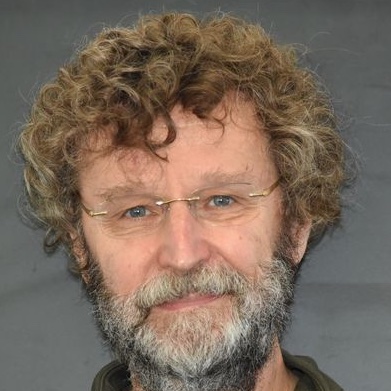
Ted Slaman
Gauge Dimension and the Borel Hierarchy
Abstract
We exhibit a low-level Borel set \(G\) whose gauge dimension, a refinement of Hausdorff dimensional, cannot be duplicated by any closed set. \(G\) is the set of sufficiently generic reals for a measure-theoretic family of closed sets. \(G\) also answers a question of C.A. Rogers and raises the question of whether there is a hierarchy of gauge dimension profiles which is proper within the Borel Hierarchy.

Discussion & HH

James Freitag
Invariant varieties and algebraic dynamics
Abstract
An algebraic dynamical system consists of a variety V with a regular or rational self-map \(f\). Numerous questions central to the subject can be cast in terms of characterizing invariant subvarieties of \(V\) - those subvarieties \(W\) so the \(f\) is a self-map of \(W\). We will use model theory and the classification of finite simple groups to prove a surprising result about invariant subvarieties.
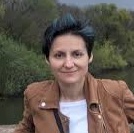
Anush Tserunyan
Topography of measure-class-preserving graphs
Abstract
Measure-class-preserving (mcp) equivalence relations arise as orbit equivalence relations of countable group actions that preserve null sets but not necessarily the measure. We study criteria for their (non)hyperfiniteness, extending beyond the well-understood probability-measure-preserving case. I will present a recently developed structure theory for mcp equivalence relations and graphs, featuring a characterization of hyperfiniteness for treed mcp equivalence relations via the interplay between tree geometry and the Radon–Nikodym cocycle. This generalizes the well-known Adams' dichotomy to the mcp setting and yields structural consequences, including a new anti-treeability criterion. I will also describe a Day–von Neumann–type result for multi-ended mcp graphs, which generalizes and strengthens the Gaboriau–Ghys theorem.
Joint work with Robin Tucker-Drob, and with Ruiyuan Chen and Grigory Terlov.
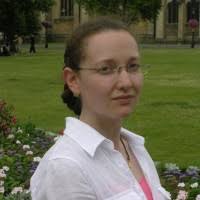
Victoria Gitman
Parameter-free schemes in second-order arithmetic
Abstract
Second-order arithmetic has two types of objects:
numbers and sets of numbers, which we think of as the
reals. Which sets (reals) have to exist in a model of
second-order arithmetic is determined by the various
set-existence axioms. These usually come in the form of schemes,
of which the most common are the comprehension scheme,
the choice scheme, and the collection scheme.
The comprehension scheme \(\Sigma^1_n\)-\({\rm CA}\)
asserts for a \(\Sigma^1_n\)-formula \(\varphi(n,A)\), with a set parameter \(A\),
that the collection it determines is a set. The choice scheme \(\Sigma^1_n\)-\({\rm AC}\)
asserts for a \(\Sigma^1_n\)-formula \(\varphi(n,X,A)\) that if for every number \(n\) there is a
set \(X\) such that \(\varphi(n,X,A)\) holds, then there is a single set \(Y\) such that its slice \(Y_n\) is a witness for \(n\).
The collection scheme \(\Sigma^1_n\)-\({\rm Coll}\) asserts more generally that among the slices of \(Y\), there is a witness for every \(n\).
The full comprehension scheme for all second-order assertions is denoted by \({\rm Z}_2\), the full choice scheme by \({\rm AC}\), and the full collection scheme by \({\rm Coll}\).
Although the theories \({\rm Z}_2\)+\({\rm AC}\) and \({\rm Z}_2\) are equiconsistent,
Feferman and Lévy showed that \({\rm AC}\) is independent of \({\rm Z}_2\). It is also not difficult to see that \({\rm Coll}\) implies \({\rm Z}_2\) over \(\Sigma^1_0\)-\({\rm CA}\), and hence that \({\rm Coll}\) implies \({\rm AC}\) over \(\Sigma^1_0\)-\({\rm CA}\).
In this talk, I will explore how significant the inclusion of set parameters is in the second-order set-existence schemes.
Let \({\rm Z}_2^{-p}\), \({\rm AC}^{-p}\), and \({\rm Coll}^{-p}\) denote the respective parameter-free schemes.
H. Friedman showed that the theories \({\rm Z}_2\) and \({\rm Z}_2^{-p}\) are equiconsistent and recently Kanovei
and Lyubetsky showed that the theory \({\rm Z}_2^{-p}\) can have extremely badly behaved models in which the sets aren't even closed under complement.
They also constructed a more 'nice' model of \({\rm Z}_2^{-p}\) in which \(\Sigma^1_2\)-\({\rm CA}\) holds, but \(\Sigma^1_4\)-\({\rm CA}\) fails.
They asked whether one can construct a model of \({\rm Z}_2^{-p}\) in which \(\Sigma^1_2\)-\({\rm CA}\) holds, but there is an optimal failure of
\(\Sigma^1_3\)-\({\rm CA}\). I will answer their question by constructing such a model.
I will also construct a model of \({\rm Z}_2^{-p}+{\rm Coll}^{-p}\) in which \(\Sigma^1_2\)-\({\rm CA}\) holds, but \({\rm AC}^{-p}\) fails,
thus showing that \({\rm Coll}^{-p}\) does not imply \({\rm AC}^{-p}\) even over \(\Sigma^1_2\)-\({\rm CA}\).

Tom Benhamou
Generating Ultrafilters on Successor Cardinals
Abstract
Motivated by Kunen's problem regarding the consistency of a small ultrafilter number on \(\omega_1\), we study cofinal types of ultrafilters on successor cardinals with a prime focus on \(\omega_1\). After providing the relevant background, we will present several constructions of ultrafilters, and results from a joint work with Justin T. Moore and Luke Serafin. We then demonstrate how these ideas, together with results of Galvin and Laver from the 70's can be used to resolve several problems: Isbell's problem on \(\omega_1\) and a question of Raghavan-Shelah about the reaping number on \(\omega_1\) (joint with Monroe Eskew). In the final part of the talk we will show that Galvin's theorem fails in a strong sense for \(\sigma\)-complete ultrafilters on successor cardinals (joint with Ben-Zion Weltsch).

Lighting talk session
Titles & abstracts
Supercompactness and Maximal Prikry Trees (Ben-Zion Weltsch)
Prikry forcing was devised by Karel Prikry to change the
cofinality of a cardinal without collapsing that cardinal,
using a normal measure on a measurable cardinal.
Tree Prikry forcing is a generalization of the classical Tree Prikry forcing.
In the 90's Woodin conjectured that the Tree Prikry forcing with a supercompact
cardinal satisfies a certain maximality property.
We verify Woodin's conjecture in many cases.
Concrete Functors and Where To Find Them (Austin Laine)
Inherently categories of models tend to be concrete
(they admit a faithful functor to the category of sets). Often one imagines a concrete functor as the forgetful one, taking each model to its underlying set - however, in some cases taking a non-forgetful concrete functor can allow for rich model theoretic analysis: for instance taking a certain non-forgetful concrete functor from torsion-free abelian groups (which are, notably, not first-order axiomatizable) allows one (through a change of language) to axiomatize this category in first-order. Freyd showed that there are necessary and sufficient conditions for concreteness - in doing so he employs a collection of technical lemmas making it unclear exactly what the resulting functor looks like. My ongoing thesis aims to construct this functor explicitly.
Continuous Logic and Learning Bounds (Aaron Anderson)
NIP and stability are important dividing lines in model theory, but they also correspond precisely to notions of statistical learnability. In classical logic, this correspondence goes through combinatorial dimensions of families of sets, but these combinatorial dimensions can be generalized to families of real-valued functions. We will briefly survey how these generalized dimensions connect to dividing lines in continuous logic, and how randomizations in continuous logic can be used to deduce bounds for learning algorithms. Joint work with Michael Benedikt.
Non-Foundational Set Theory & Superuniversality (Asten Fallavollita)
ZFC set theory includes the Axiom of Foundation, which asserts that all sets are well-founded; and that, for example, there is no set x = {x}. The work of Peter Aczel explores set theories which replace this axiom with more permissive alternatives. We'll overview some of these axioms, with focus on Maurice Boffa's "Superuniversality" axiom.
Presentations of Algebras on the Ultrafilter Monad (Logan Greenland)
For general Abelian groups, we have a notion of presentation that we all know and love. It turns out that we can generalize this notions to any categories of algebras, which the category of compact Hausdorff spaces ends up being equivalent to. I will talk about this equivalence and how we can present general compact Hausdorff spaces.
Two-cardinal Kurepa trees (Fanxin Wu)
I will present some problems about two-cardinal versions of Kurepa tree.
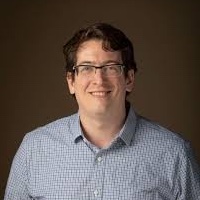
Will Boney
More compactness characterizations of large cardinals
Abstract
Large cardinals are characterized along several different themes: ultrafilters, elementary embeddings, etc. In recent years, more attention has been given to characterizations using model-theoretic compactness, extending the classic theorems of Tarski on weak and strong compact cardinals (and less classic but still fantastic theorems of Magidor on extendibles and Benda on supercompacts). This talk will survey some recent results on characterizing different large cardinals, including Woodins, virtual large cardinals, and more. Parts of this talk are based on joint work with Dimopoulos, Gitman, and Magidor and with Osinski.
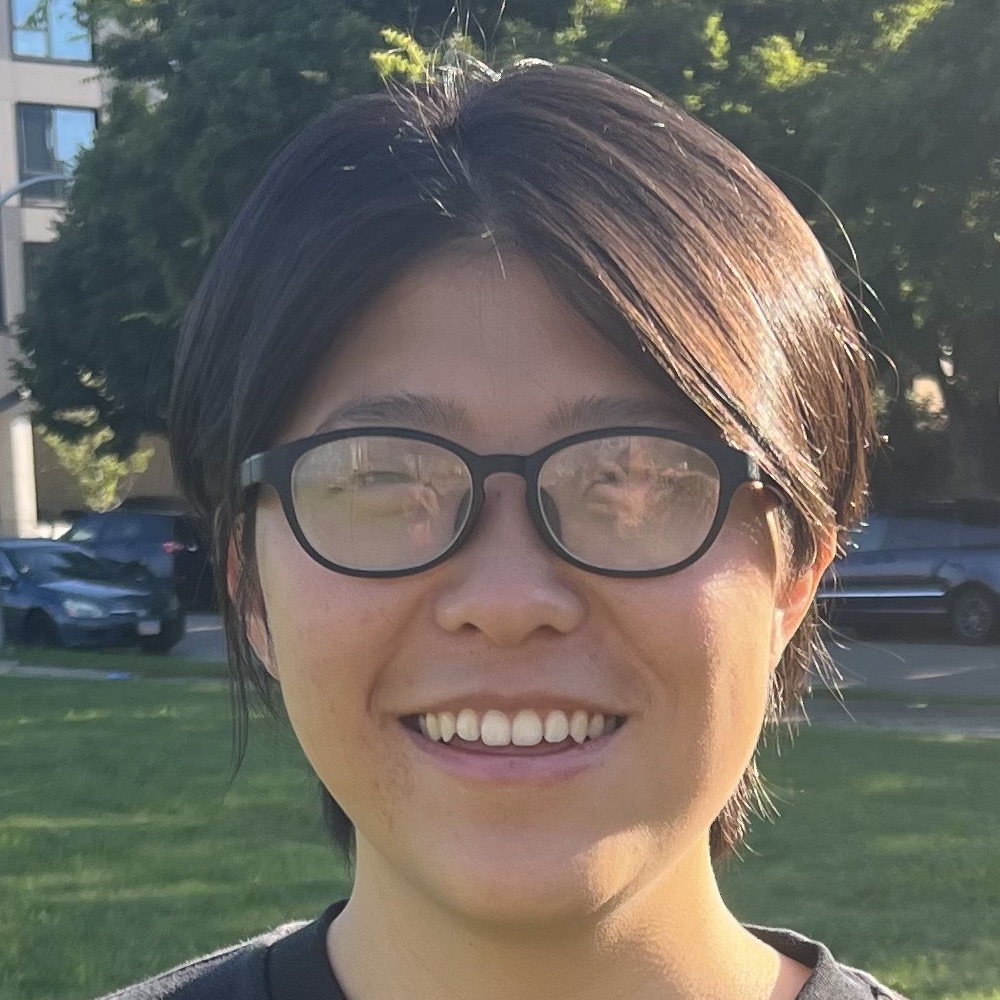
Yutong Duan
Lotka-Volterra System and Model Theory
Abstract
A central objective in model theory of a differentially closed field of characteristic zero is the classification of differential equations in terms of their geometric complexity. In this talk, I will present a new result on the Lotka–Volterra system. We show that, apart from a single exceptional choice of parameters, the system is strongly minimal, geometrically trivial and strictly disintegrated.
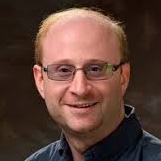
Henry Towsner
Finding the right way to describe a random structure
Abstract
Suppose that we randomly generate a structure (like a graph, a hypergraph, or a tournament) on a countable structure in a way which is symmetric in how it treats the particular points involved. There are several equivalent formal frameworks for talking about such objects, including exchangeable arrays of random variables and \(S_\infty\)-invariant measures, coming from both probability theory and model theory.
The Aldous-Hoover Theorem says that every such process can be represented in a specific way, using a family of independent random variables indexed by each finite tuple. These representations are highly non-unique, and it is a question going back to Hoover's original paper when particularly well behaved representations exist.
We describe a method which partially addresses this problem by transforming representations into more canonical, better behaved versions.
Event Venue
Rutgers, New Brunswick
Rutgers Academic Building — Room ABE1180 on Friday 9/26
Rutgers Academic Building — Room ABW1170 on 9/27-28
The building is wheelchair accessible.
The building features family restrooms with changing tables.
Sponsors
